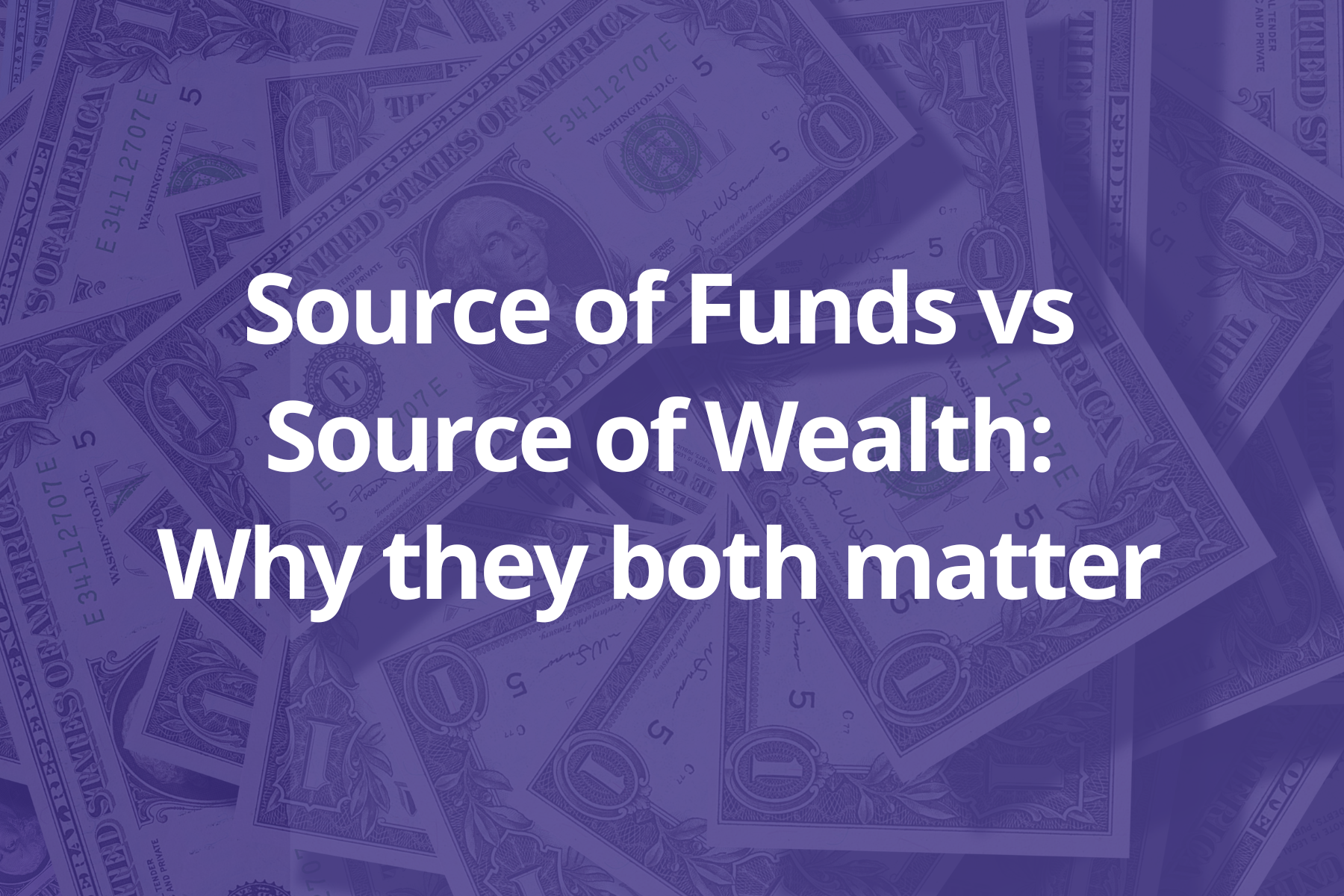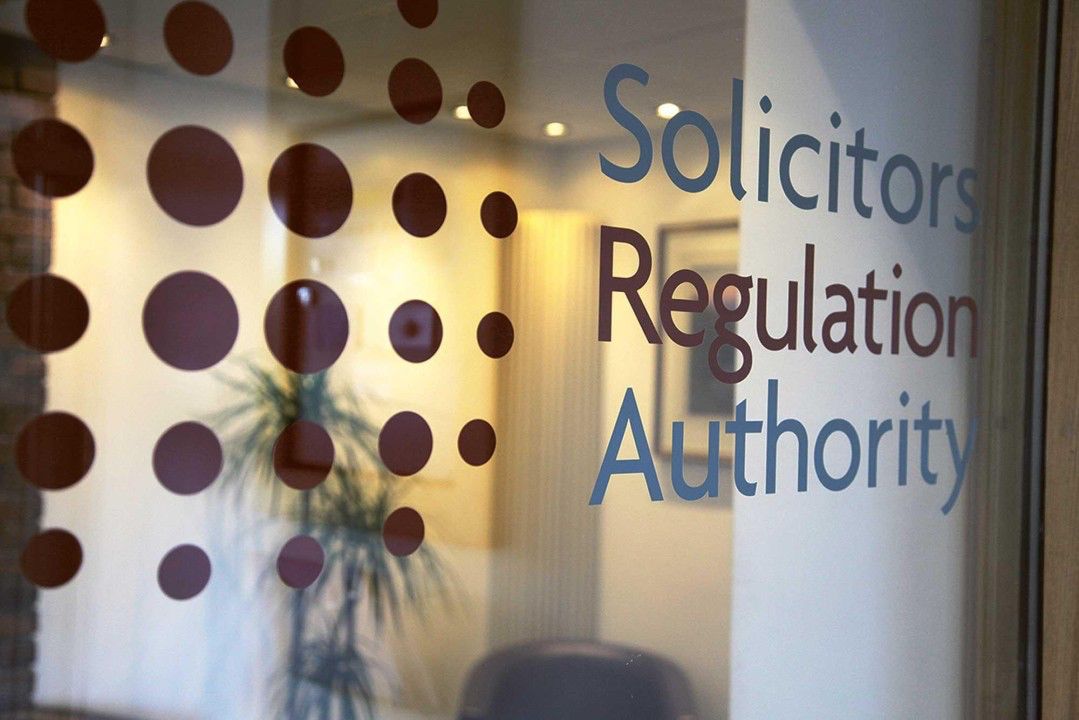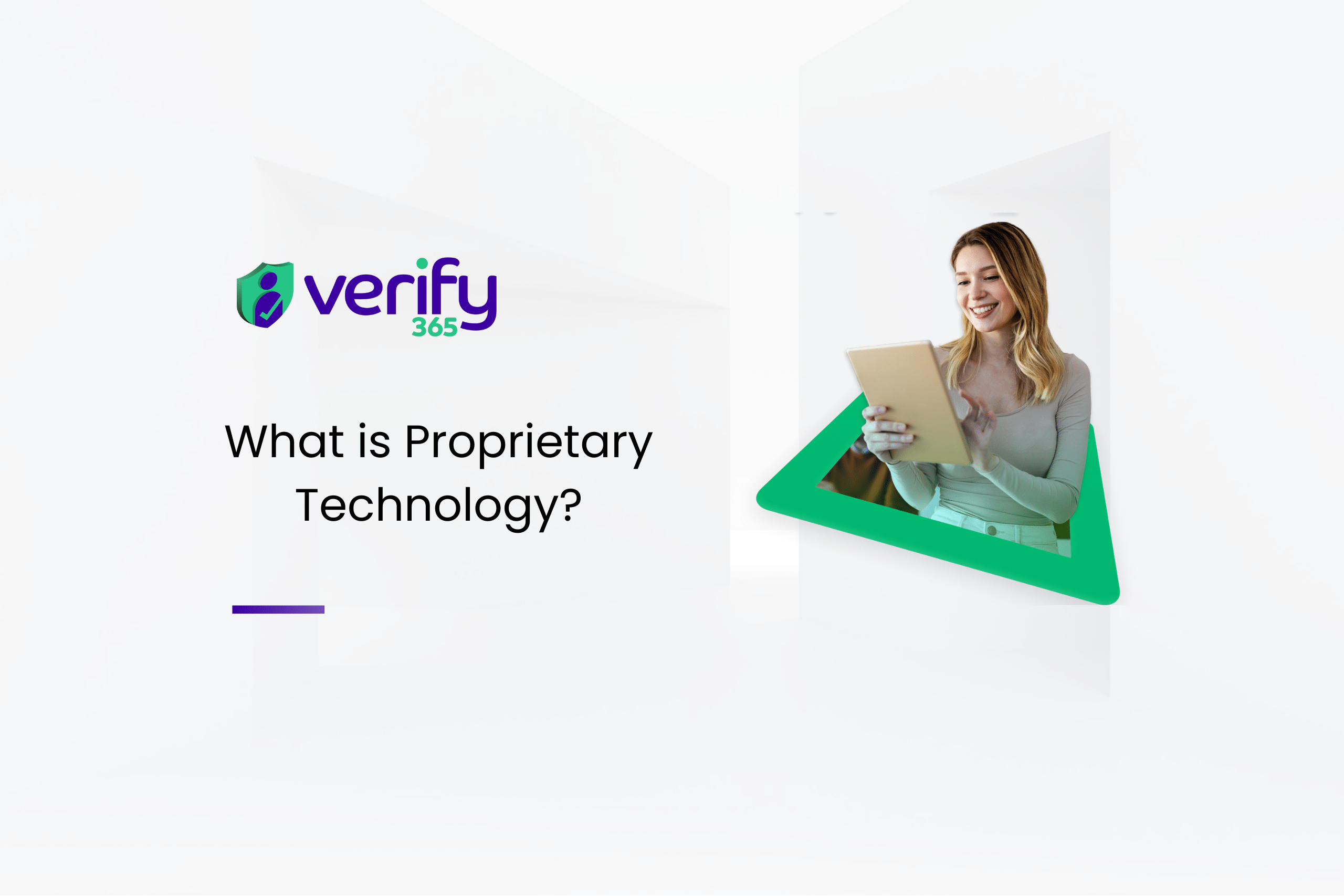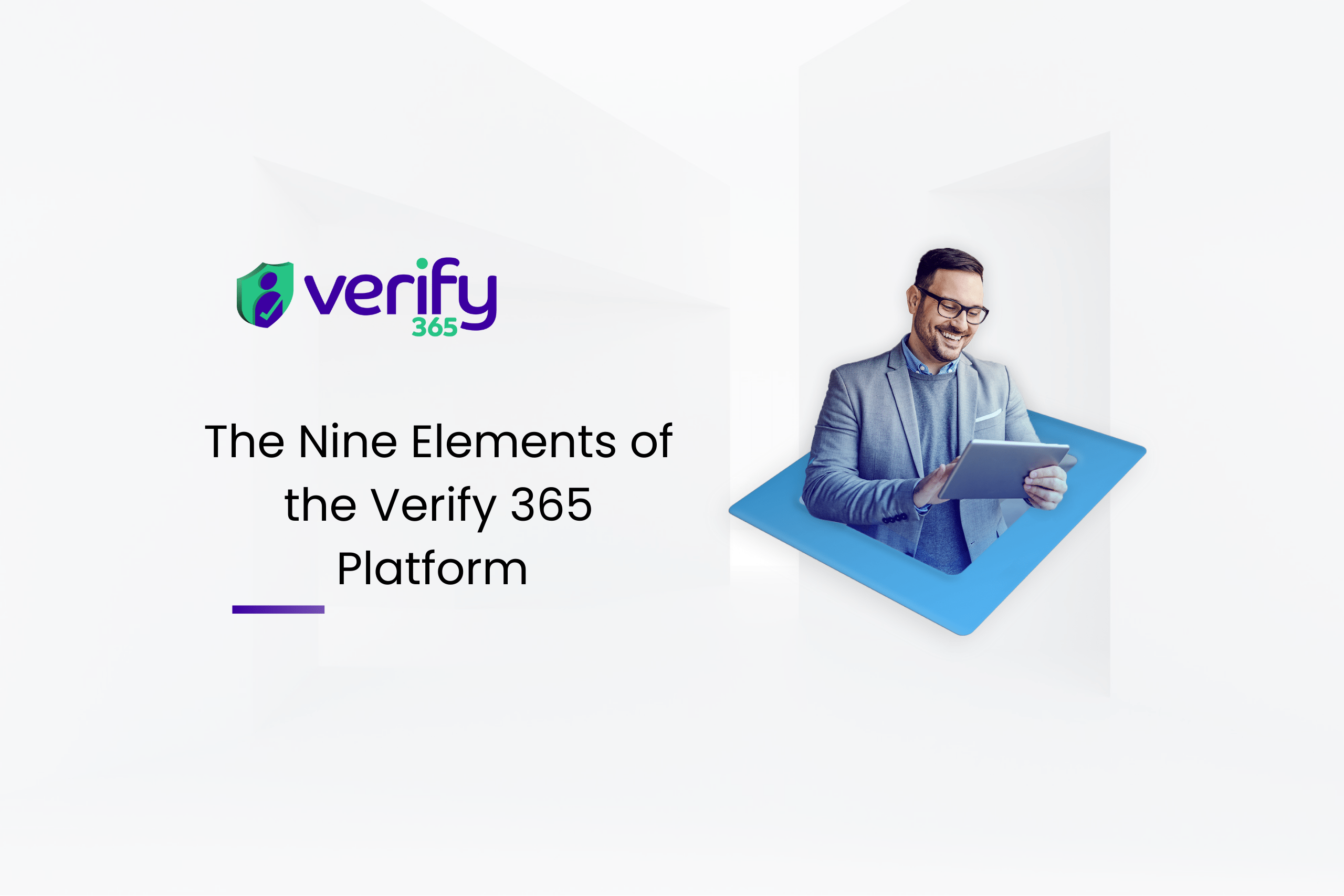As a legal professional, you may have found that source of funds and source of wealth checks can be challenging and sometimes difficult to apply in practice. But what exactly are these checks, and how do they differ from one another?
What is Source of Funds?
Source of funds (or SoF) refers to the origin of the money being used in a particular transaction or series of transactions. This is an important consideration in the context of business relationships and one-time transactions, as it helps to ensure that the funds being used are legally obtained and not the result of illegal activity. Understanding the source of funds is also important for compliance purposes, as it helps to ensure that a company or individual is not handling or facilitating the movement of illicit funds.
To determine the source of funds, it is necessary to gather and review relevant documentation, such as financial records and bank statements, and carefully evaluate the information provided. By doing so, it is possible to confirm that the funds being used are legitimate and traceable to their original source.
Best practices for Source of Funds:
1. Assess the level of risk involved in the matter, considering factors such as the presence of a gift, the origin of the funds, and the complexity of the purchase structure.
2. Analyse the collected information, including bank statements and other relevant documents, to determine if they align with what is expected and if the client’s explanation is consistent with what is known about them.
3. Document the decision-making process, including your rationale and any relevant information, on the file for future reference.
What is Source of Wealth?
Source of Wealth (or SOW) refers to the origin of a client’s entire financial assets. This includes the economic, business, and/or commercial activities that significantly contributed to the client’s overall net worth or total assets. In order to understand the source of wealth, it is important to consider how and why an individual has acquired their overall assets, as well as how they were generated or accumulated. This information can be obtained by reviewing relevant documentation and evaluating the client’s financial history. By understanding the source of wealth, it is possible to get a clearer picture of a client’s financial situation and make informed decisions about potential business relationships or transactions.
Best practice for Source of Wealth:
1.Consider the wealth in relation to risk and ensure that the source of the wealth is clear based on the information and evidence provided.
2.Gather all necessary evidence, including documents such as audited company accounts or rental income statements.
3.Justify your decision-making process, ensuring that you would be confident in your conclusions if your file was selected for review.
What are the differences between Source of Funds and Source of Wealth?
Source of Funds involves understanding the origins of the money being used in a specific transaction, while Source of Wealth involves understanding a client’s overall financial situation and how they have accumulated their total assets. It is important to treat these two concepts separately, as they serve different purposes.
Source of Funds focuses on understanding how and where the client obtained the money for a particular transaction, while Source of Wealth examines the client’s overall financial position and how they have accrued their total wealth. Both are separate from one another and should be treated as such.
In higher risk circumstances, it is crucial to gather evidence for both Source of Funds and Source of Wealth. This helps to ensure that the evidence collected for one transaction is not reused to fund another, and that all transactions are thoroughly investigated and well-documented.

As an example:
A client can demonstrate to you that they possess £800,000 to fund a property transaction and those funds have been derived legitimately by providing Source of Funds evidence. However, without also performing a source of wealth check, it is possible that the same client could go to another department in your firm or to another firm and potentially use the same Source of Funds information to then buy another £800,000 property or use for another investment/business activity.
On the other hand, a client can provide you with evidence of their source of funds to demonstrate that they have the means to fund a business venture legitimately. For example, the client may present bank statements showing the accumulation of funds over time through employment or investments. However, without also conducting a source of wealth check, it is possible that the same client could use the same source of funds evidence to secure funding for another business venture or investment with another department within your firm or with another firm altogether.
In either case, evidencing Source of Wealth can help stop or mitigate this from occurring and may also reduce the risk of blending funds from other sources of the client’s total wealth, including potentially illicit funds, particularly in higher risk situations. Conducting a thorough source of wealth check can ensure that all transactions are properly investigated and well-documented.
The significance of Source of Wealth and Source of Funds.
It is estimated that criminals launder approximately £88bn worth of money each year in the UK, which has a significant impact on individuals and communities through crimes such as county lines, trafficking, and other illegal activities.
At Verify 365, our mission is to make a positive impact on society and combat financial crime. Through our digital checks, we aim to help prevent the rise in financial crime, protect vulnerable individuals from exploitation, and safeguard consumers from making poor financial decisions.
In order to combat money laundering and terrorism financing, it is important to establish the source of funds (SOF) and source of wealth (SOW) of clients. If a customer’s Source Of Funds and Source Of Wealth do not match their established risk profile or transaction activity, it is important for firms to use this information in their anti-money laundering (AML) and counter terrorism financing (CFT) compliance efforts, and potentially report suspicious activity to relevant authorities.
Conducting an AML Source Of Funds enquiry should involve considering the customer’s risk profile, collecting documentary evidence, reviewing customer bank statements, and documenting the entire process. It is worth noting that not all suspicious transactions or financial activities require an Source Of Funds enquiry, and some regulatory bodies, such as the Australian Transaction Reports and Analysis Centre (AUSTRAC), suggest that other identification concerns may be better addressed through enhanced due diligence measures rather than an Source Of Funds investigation.
If there are concerns about a clients Source Of Funds, firms may need to take compliance measures such as halting a transaction, terminating a business relationship, enhancing transaction monitoring, or involving senior management. If suspicious activity is discovered through the Source Of Funds enquiry, a suspicious activity report may need to be filed with the appropriate authorities, such as FinCEN in the US or SRA in the UK.
Effective Source of Funds establishment also requires implementing suitable know your customer (KYC) measures to understand clients and their business activities. Under the risk-based approach to AML compliance recommended by the Financial Action Task Force, these KYC measures should be proportional to the risk that clients present. This means that higher risk customers may require enhanced measures, while lower risk customers may only need simplified measures. These measures may include customer due diligence, transaction monitoring, sanctions screening, and identifying politically exposed persons.
Want to find out how Verify 365 is helping law firms streamline source of funds and wealth management?






